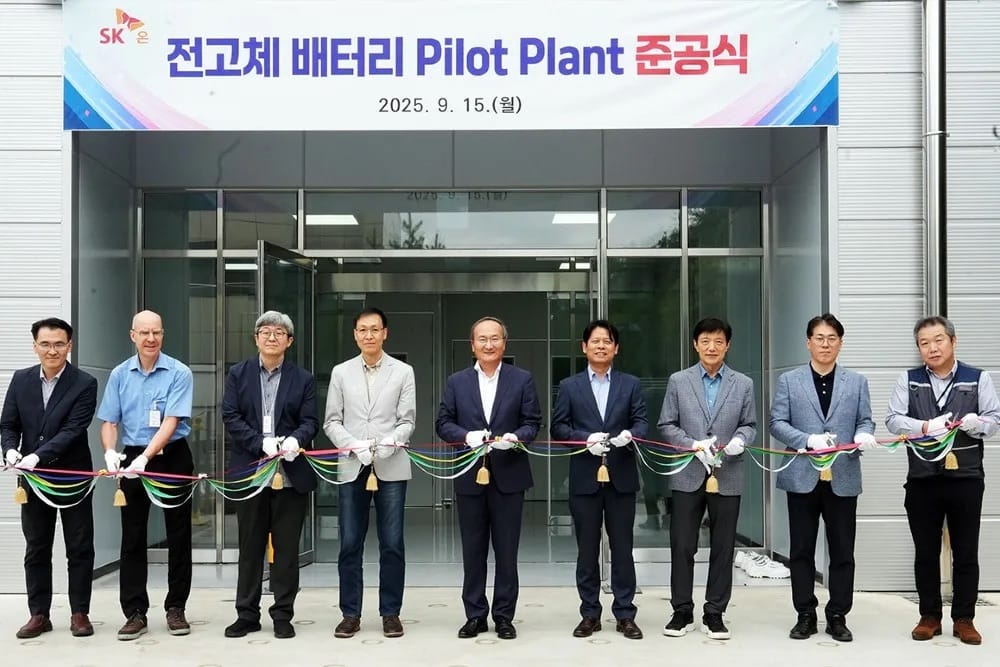SK On is currently developing two types of solid-state batteries: one variant with polymer-oxide composites and a sulphide-based version, expected to reach commercialisation by 2028 and 2029 respectively. The company’s newly completed pilot facility at its research centre in Daejeon will mainly focus on developing sulphide-based cells. Some of the production lines are also configured for batteries with lithium-metal anodes. The plant was built with support from Solid Power.
In early 2024, the Korean firm acquired licences from its US partner to use Solid Power’s cell technology for its own R&D and to produce similar prototypes in Daejeon. Solid Power has developed a proprietary sulphide-based solid electrolyte material and counts BMW and Ford among its partners in addition to SK On.
The Daejeon plant will produce prototypes that provide data on quality and performance ahead of mass production. SK On has set targets of achieving an energy density of 800 Wh/l in the medium term and 1,000 Wh/l in the long term.
In recent months, SK On has issued regular updates on its progress in solid-state R&D. In summer 2024, the company announced it had created a solid polymer electrolyte for lithium-metal batteries that operates at room temperature. In early 2025, the firm reported a new manufacturing method for solid electrolytes based on light energy technology.
In May 2025, SK On presented advances in the cycle life of sulphide-based batteries using lithium-metal anodes, as well as new findings on the link between the curing time of gel-polymer electrolytes and battery service life.
Solid Power had already disclosed details of its solid-state platform back in May 2021. The company uses conventional NMC cathodes, so existing production processes do not need to be adapted. Combined with a silicon anode and solid electrolyte, Solid Power claims its cells can reach a gravimetric energy density of 390 Wh/kg. Using a lithium-metal anode instead, while retaining an NCM-811 cathode, raises the figure to 440 Wh/kg.
skinnonews.com
This article was first published by Cora Werwitzke for Ev Authority’s German edition.


